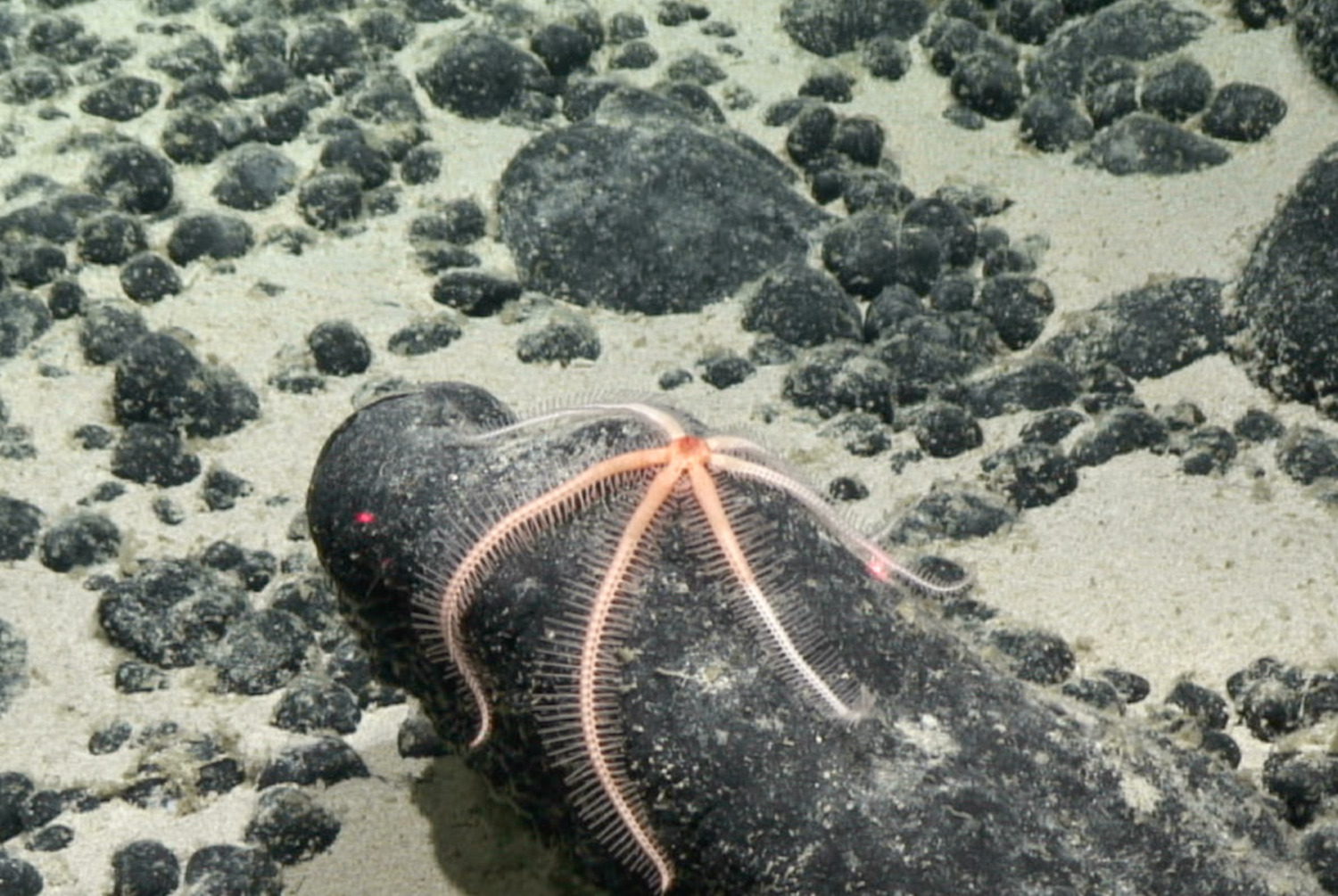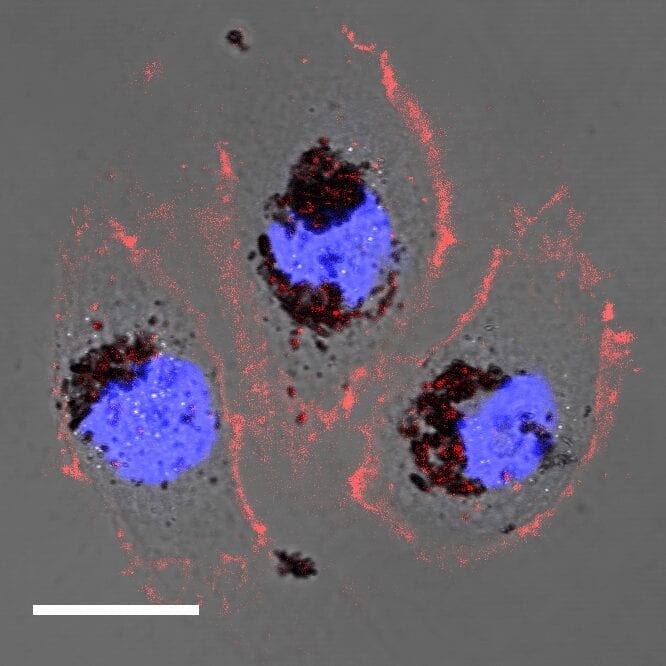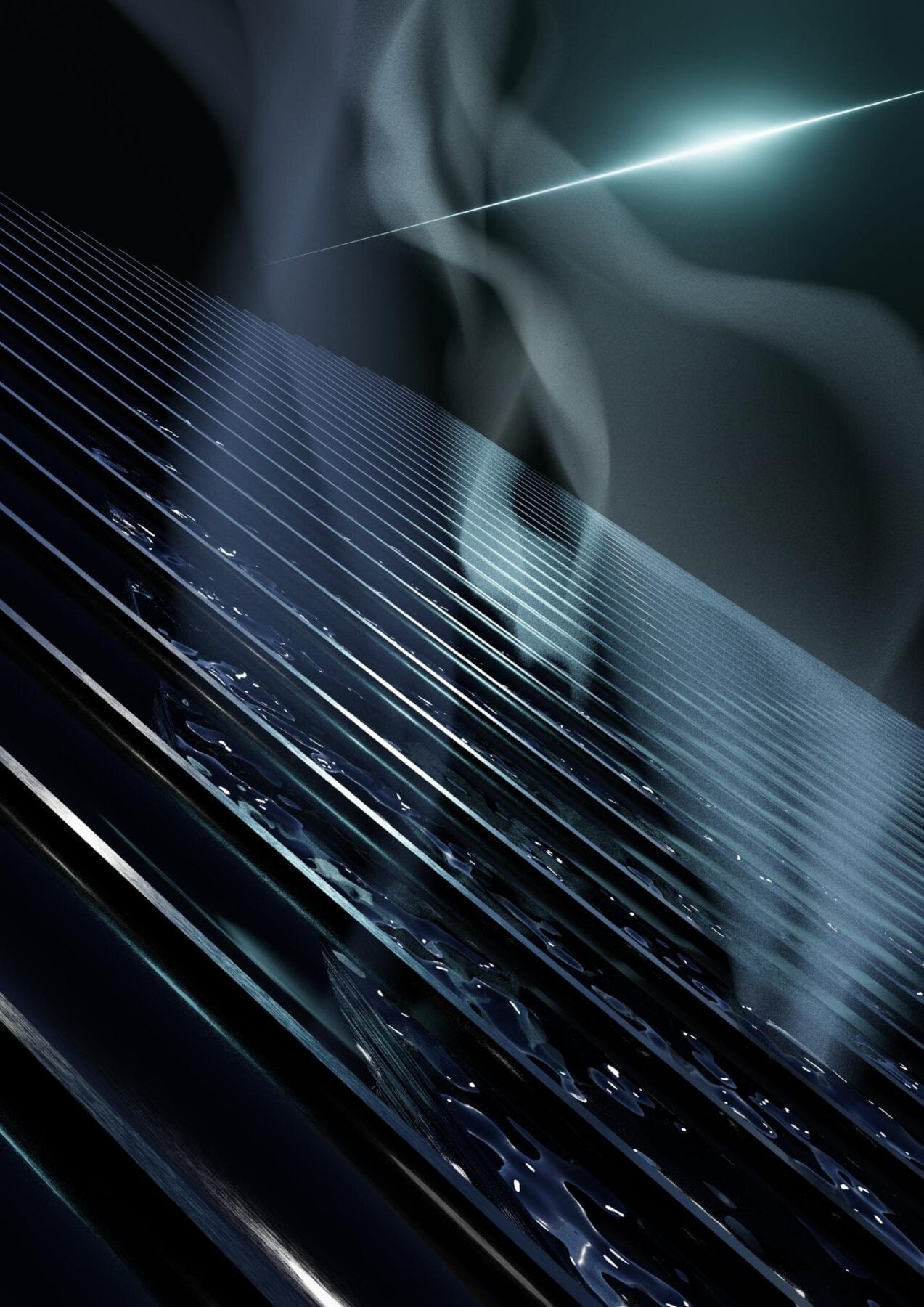
Midwater animal biodiversity that could be affected by deep sea mining. Photo credit: E. Goetze, K. Peijnenburg, D. Perrine, Hawaii Seafood Council (B. Takenaka, J. Kaneko), S. Haddock, J. Drazen, B. Robison, DEEPEND (Danté Fenolio) and MBARI.
Interest in deep-sea mining for copper, cobalt, zinc, manganese and other valuable metals has grown substantially in the last decade and mining activities are anticipated to begin soon. A new study published in Proceedings of the National Academy of Science, led by University of Hawaii at M?noa researchers, argues that deep-sea mining poses significant risks, not only to the area immediately surrounding mining operations but also to the water hundreds to thousands of feet above the seafloor, threatening vast midwater ecosystems. Further, the scientists suggest how these risks could be evaluated more comprehensively to enable society and managers to decide if and how deep-sea mining should proceed.
Currently 30 exploration licenses cover about 580,000 square miles of the seafloor on the high seas and some countries are exploring exploitation in their own water as well. Thus far, most research assessing the impacts of mining and environmental baseline survey work has focused on the seafloor.
However, large amounts of mud and dissolved chemicals are released during mining and large equipment produces extraordinary noise—all of which travel high and wide. Unfortunately, there has been almost no study of the potential effects of mining beyond the habitat immediately adjacent to extraction activities.
“This is a call to all stakeholders and managers,” said Jeffrey Drazen, lead author of the article and UH Manoa’s School of Ocean and Earth Science and Technology (SOEST) professor of oceanography. “Mining is poised to move forward yet we lack scientific evidence to understand and manage the impacts on deep pelagic ecosystems, which constitute most of the biosphere. More research is needed very quickly.”
First look at potential threats
The deep midwaters of the world’s ocean represent more than 90 percent of the biosphere, contain 100 times more fish than the annual global catch, connect surface and seafloor ecosystems, and play key roles in climate regulation and nutrient cycles. These ecosystem services, as well as untold biodiversity, could be negatively affected by mining. The paper provides a first look at potential threats to this system.
“Hawaii is situated in the middle of some of the most likely locations for deep-sea mining,” said Drazen. “The current study shows that mining and its environmental impacts may not be confined to the seafloor thousands of feet below the surface but could threaten the waters above the seafloor, too. Harm to midwater ecosystems could affect fisheries, release metals into food webs that could then enter our seafood supply, alter carbon sequestration to the deep ocean, and reduce biodiversity which is key to the healthy function of our surrounding oceans.”
The Latest Updates from Bing News & Google News
Go deeper with Bing News on:
Deep sea mining
- No discussion for deep sea mining, says PM
Rabuka says Fiji is not involved in any discussions at this moment regarding deep-sea mining.
- From Cryptocurrency to Cannabis: 7 Penny Stocks on the Rise
InvestorPlace - Stock Market News, Stock Advice & Trading Tips Penny stocks tend to be volatile, illiquid and (in many cases) poor companies ...
- What the Heck Is Seaweed Mining?
Preliminary research suggests seaweed can trap and store valuable minerals. Is this the beginning of a new type of mining?
- Scientist calls out problematic 'climate solution' with potential for severe ocean damage: 'The issues far outweigh the benefits'
The fate of deep sea mining hangs in the balance. Scientist calls out problematic 'climate solution' with potential for severe ocean damage: 'The issues far outweigh the benefits' first appeared on ...
- Activists stage metal concert to sound of deep sea machinery outside London summit
CLIMATE activist group Ocean Rebellion staged a heavy metal concert outside the Deep Sea Mining Summit in London’s Canary Wharf on Wednesday. Recently, the UN International Seabed Authority awarded ...
Go deeper with Google Headlines on:
Deep sea mining
[google_news title=”” keyword=”deep sea mining” num_posts=”5″ blurb_length=”0″ show_thumb=”left”]
Go deeper with Bing News on:
Deep midwaters of the world’s ocean
- What Did the Ocean Sound Like Before Humans?
The Pacific Ocean waters off Southern California used to be much quieter hundreds of years ago. Then came the Industrial Revolution, commercial shipping and about 15 extra decibels (dB) of noise.
- From the coast to the deep sea, changing oxygen levels affect marine life in different ways
Earths atmosphere maintains a constant level of oxygen, whether it is a wintry, rainy day or hot summer. Across the ocean, oxygen concentrations vary enormously between different places and over time.
- Renowned ocean biologist describes mind-blowing experience inside deep-sea submersible: 'It's an explosion of color'
"My job is to discover what is there." Renowned ocean biologist describes mind-blowing experience inside deep-sea submersible: 'It's an explosion of color' first appeared on The Cool Down.
- Can AI unlock the secrets of the deep sea and help us make better decisions?
In this episode, we will discuss the Digital Twin of the Ocean. We explore the goals of this EU initiative and examine how it can aid in combating plastic pollution, saving endangered species like ...
- Trove of Unknown Deep-Sea Life Discovered in the South Pacific
Much of the ocean’s life remains a mystery to us, but an international team of scientists has just filled in a few blanks after a 40-day expeditionto the Salas y Gómez Ridge. The ridge is a lengthy ...
Go deeper with Google Headlines on:
Deep midwaters of the world’s ocean
[google_news title=”” keyword=”deep midwaters of the world’s ocean” num_posts=”5″ blurb_length=”0″ show_thumb=”left”]










